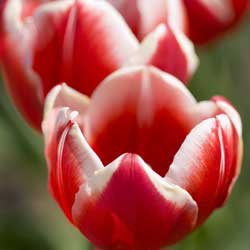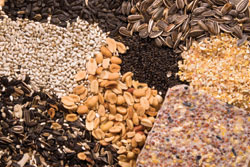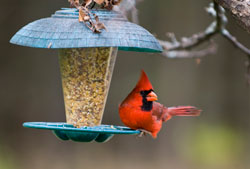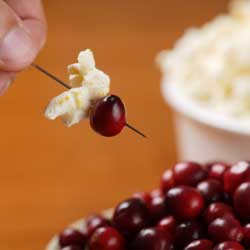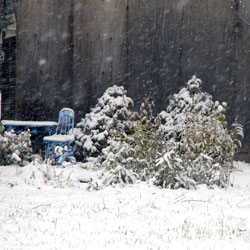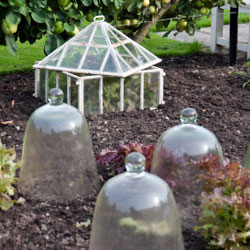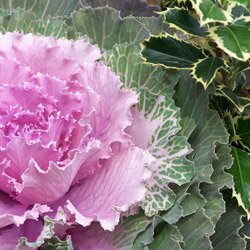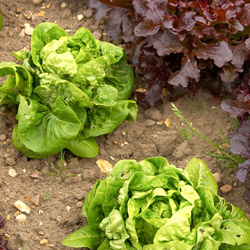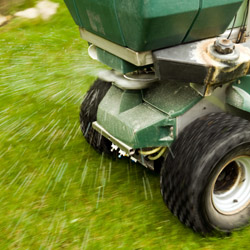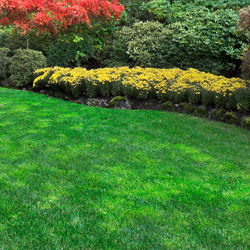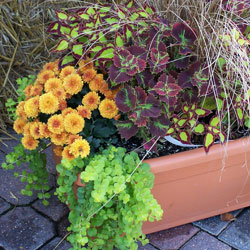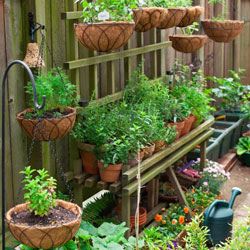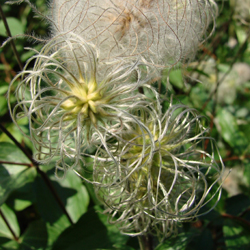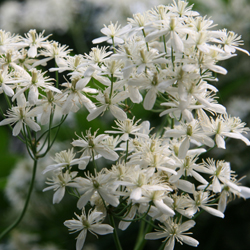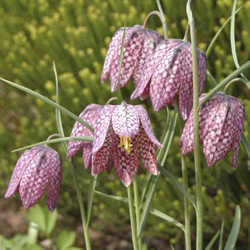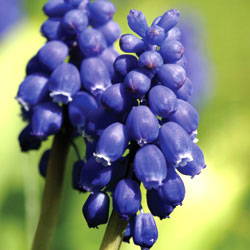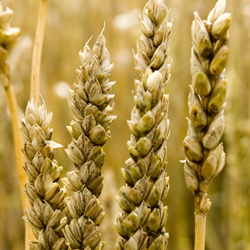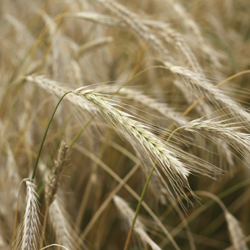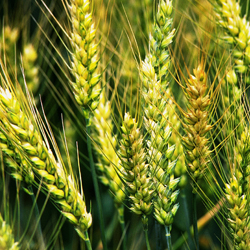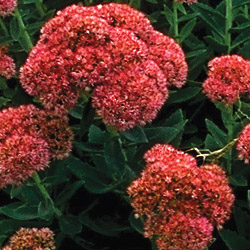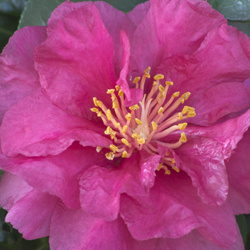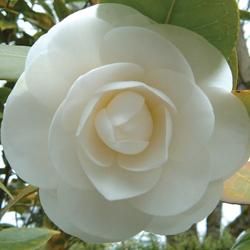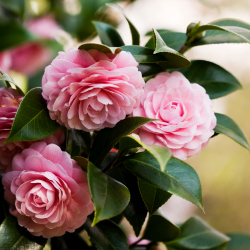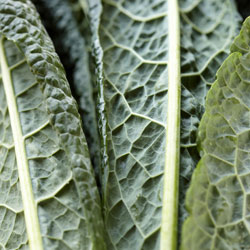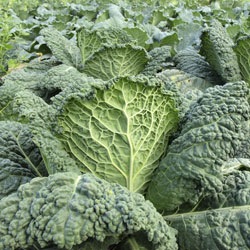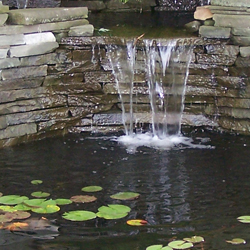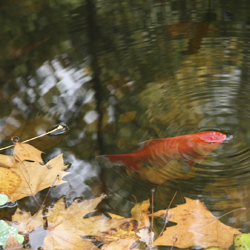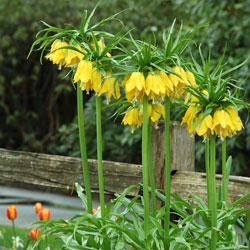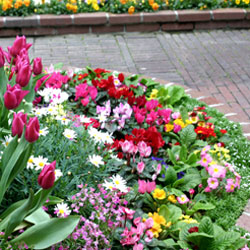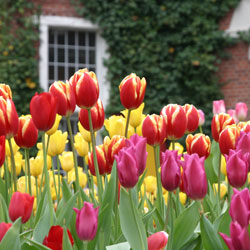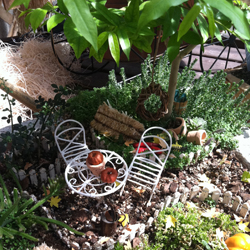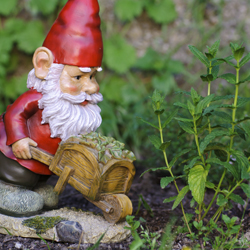Is it just a bit chilly to sit outside and enjoy your fall or winter garden? Hundreds of years ago, Mexicans had the same problem. They solved it by making chimeneas and using them for heat and cooking. Will a modern chimenea help you enjoy your outdoor living space even as the weather turns cooler?
What Is a Chimenea?
The original chimeneas were made of clay with a distinct pot-belly look with an elongated chimney structure on top. Decorated with paint and incisions in the clay, each was unique and functional as well as decorative. Now, in addition to the original classic style, chimeneas are available in a wide variety of styles and materials to match every type of outdoor decor. Stainless steel, accessorized in a wide assortment of colors and finishes, is durable, strong and heavy. Cast iron construction is also sturdy and popular, and different shapes include more tapered designs, cones or unique dimensions. Some chimeneas are plain, while others may have relief carvings of flames, vines, suns, stripes or other decorations as part of their construction. Painted designs are also popular. Some designs even feature whimsical elements, such as a jack-o-lantern face, a chubby bear or other fun caricature carved into the structure.
No matter what the construction, chimeneas also have stands or legs to lift them several inches off the ground. Iron stands are popular, while some chimeneas have built-in stubby legs to serve the same purpose.
Chimeneas Indoors
Not only are they great garden accents, but chimeneas are also popular indoor decorating items. A philodendron or fern tumbling out from the opening is fun and sets your decorating theme. A terra cotta pot-bellied style sets well in a primitive or rustic décor in a screen room or enclosed porch. A sleek black pyramidal style blends into a contemporary setting. Of course, you can’t use it as a heat source when in the house unless it is designed to burn gel fuel and proper ventilation is available.
We have a fantastic assortment of chimeneas to grace your outdoor or indoor living space. From the classic terra cotta potbelly style to contemporary black cast iron with wood storage space, we have the perfect chimenea to warm you as you enjoy the fall and winter evenings. Come on in to see the selection. Our helpful staff can answer your questions, and can even hold your choice until Santa comes in to pick it for you.









